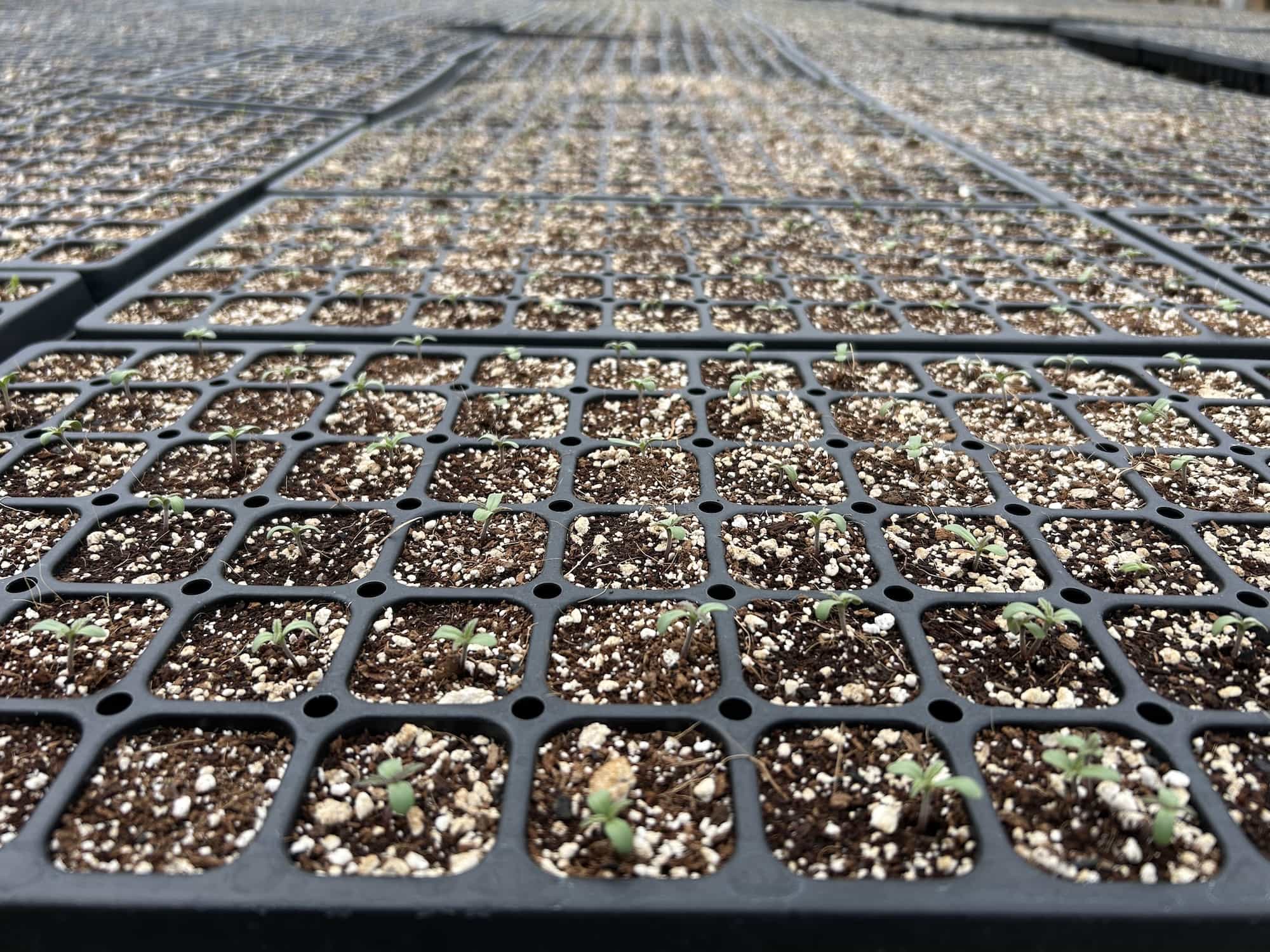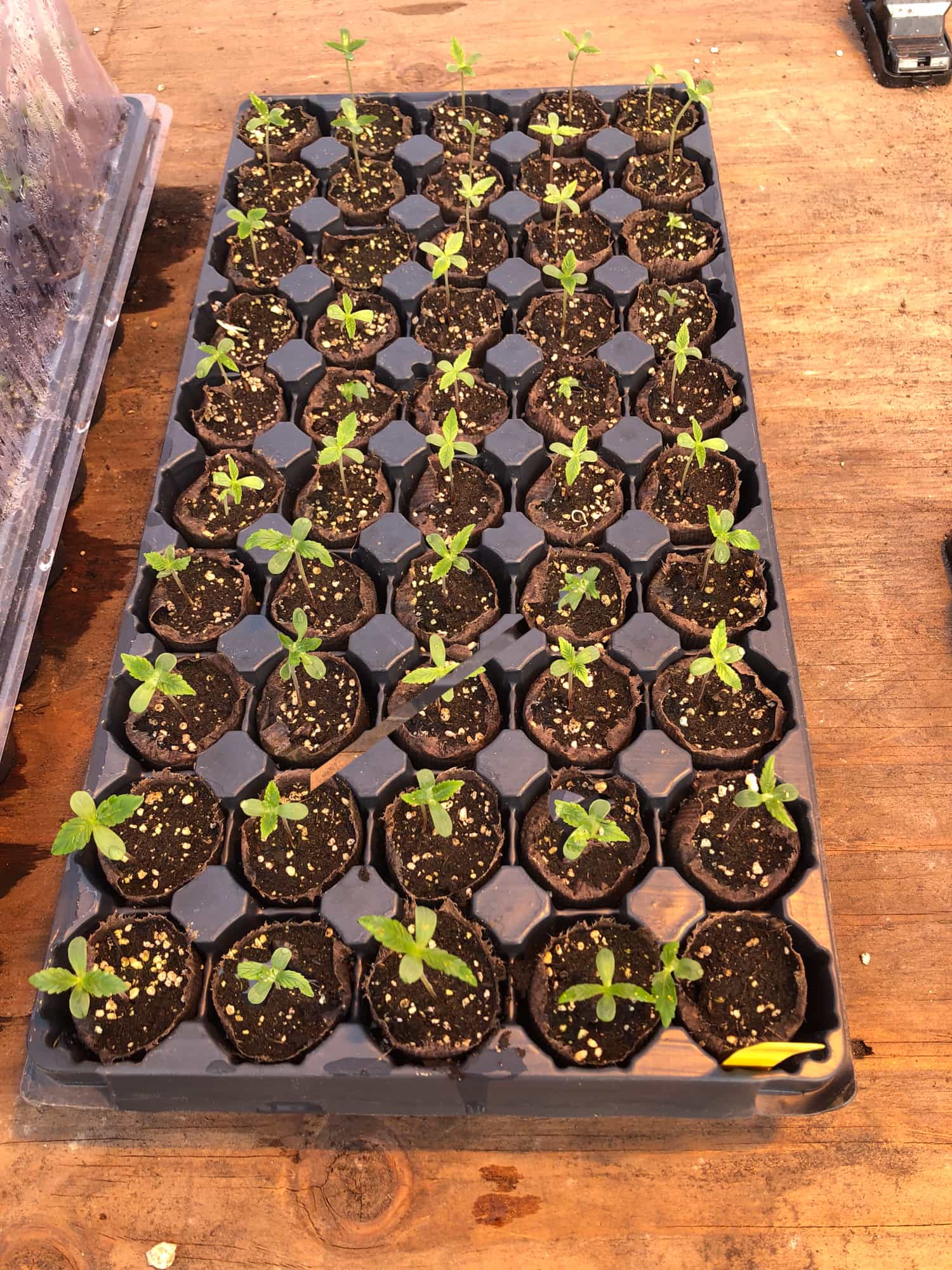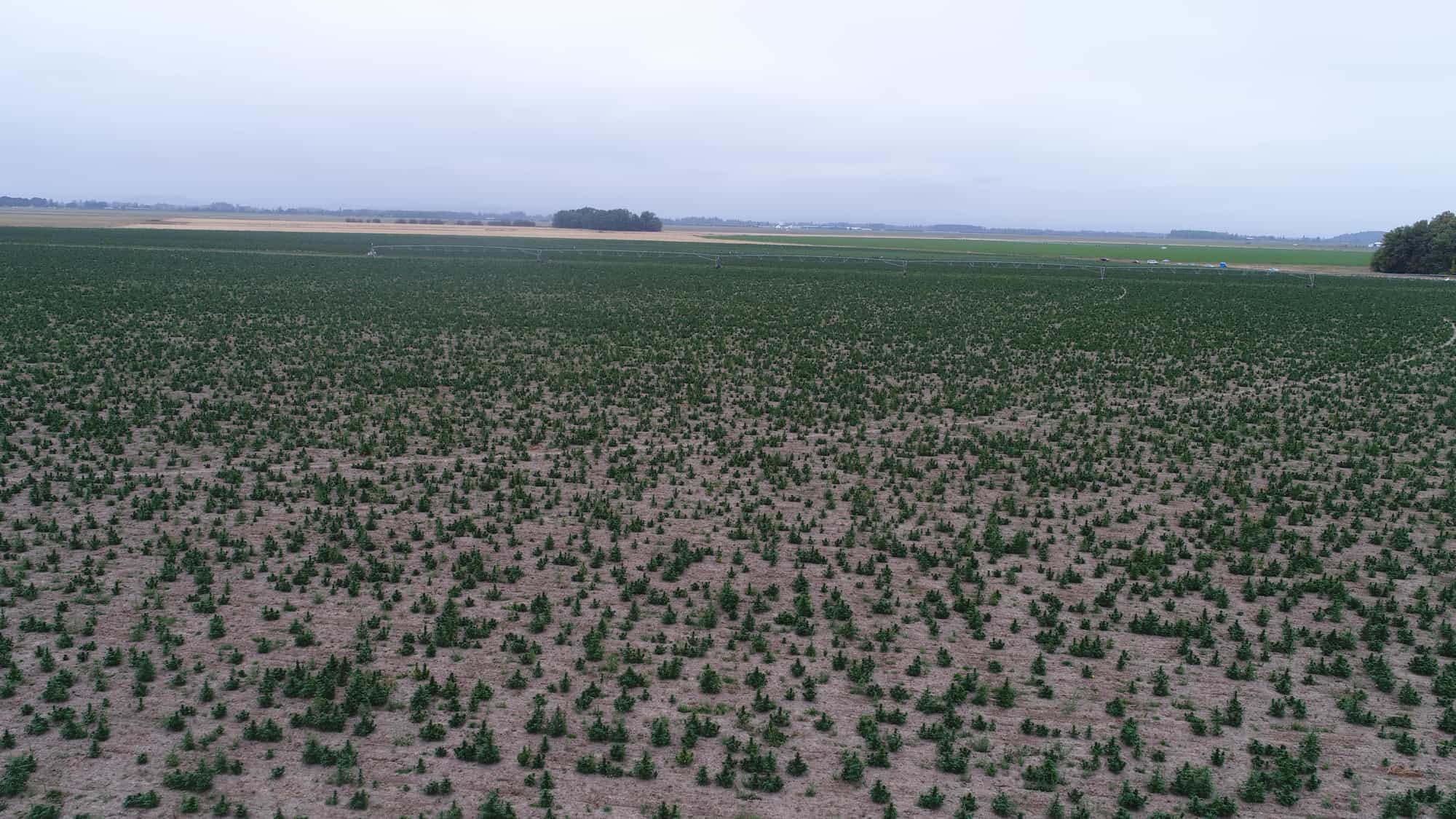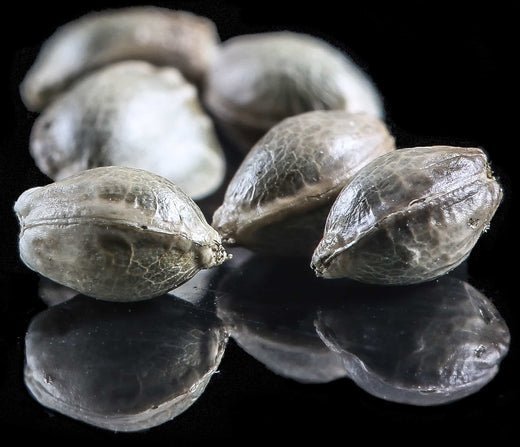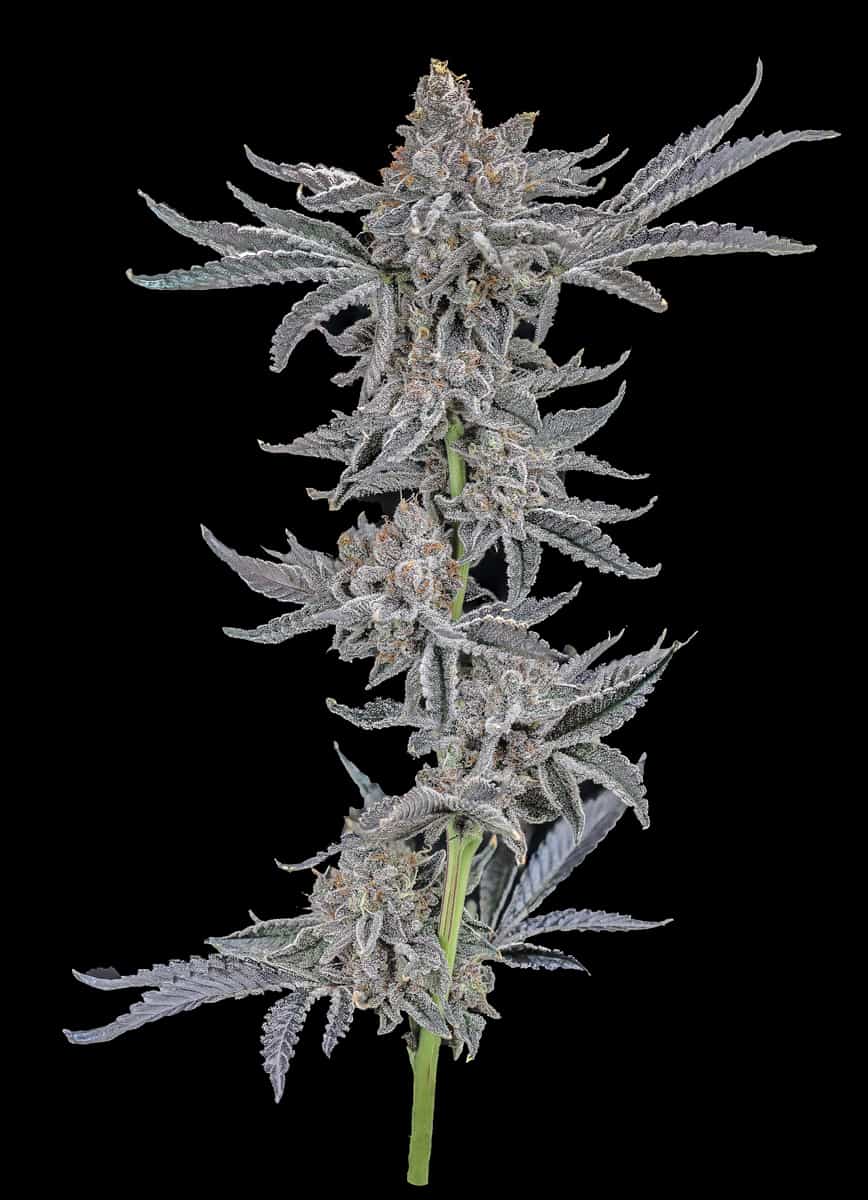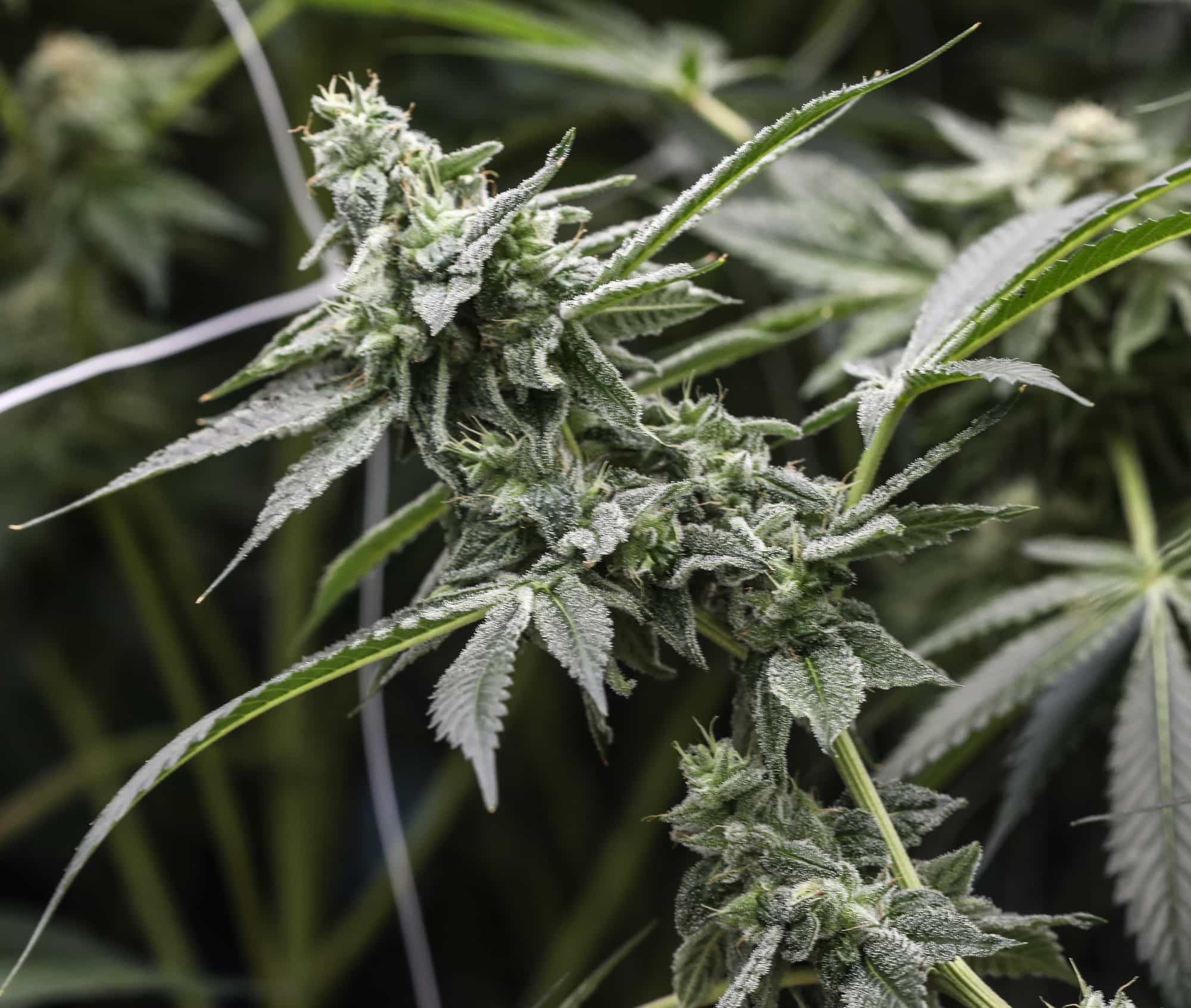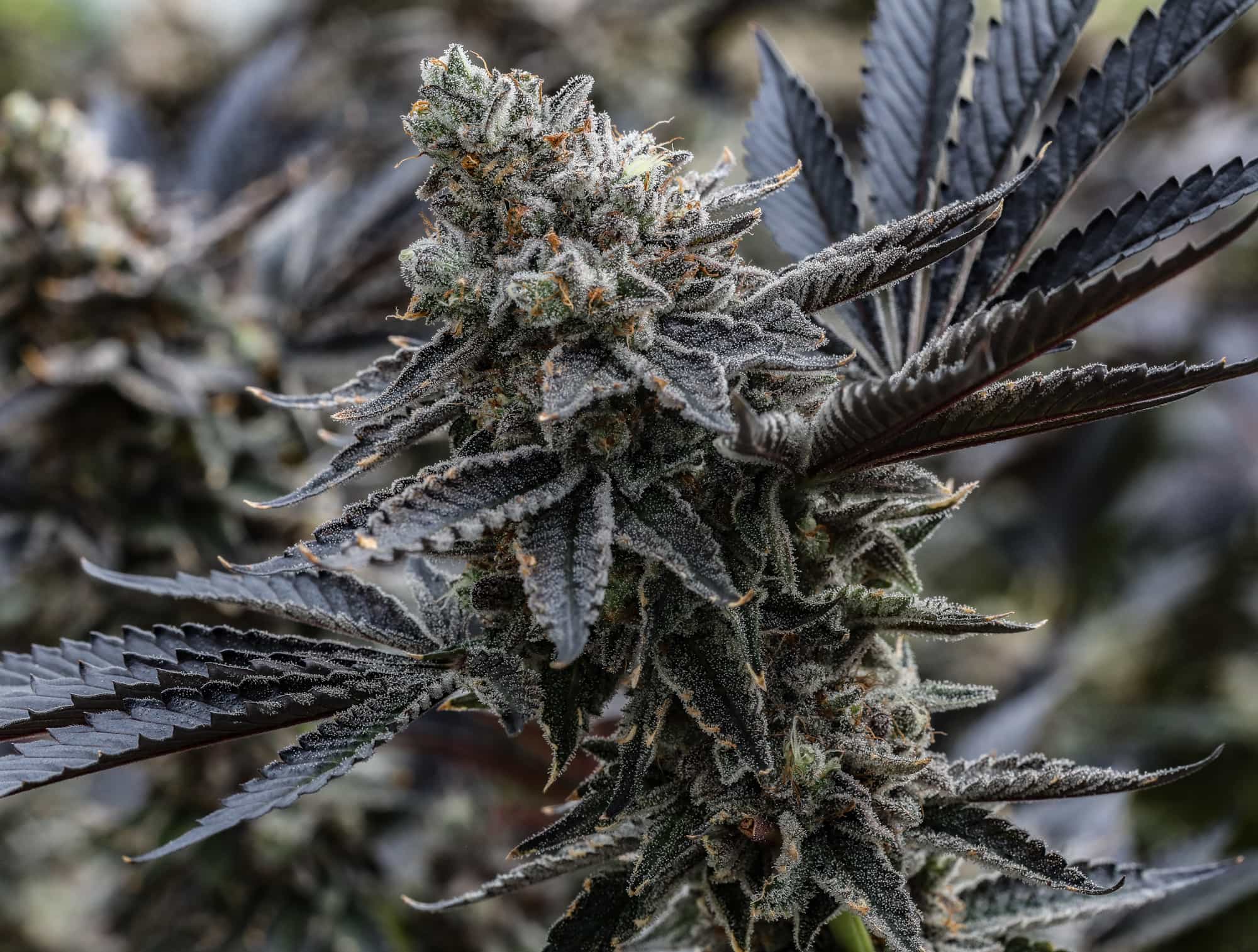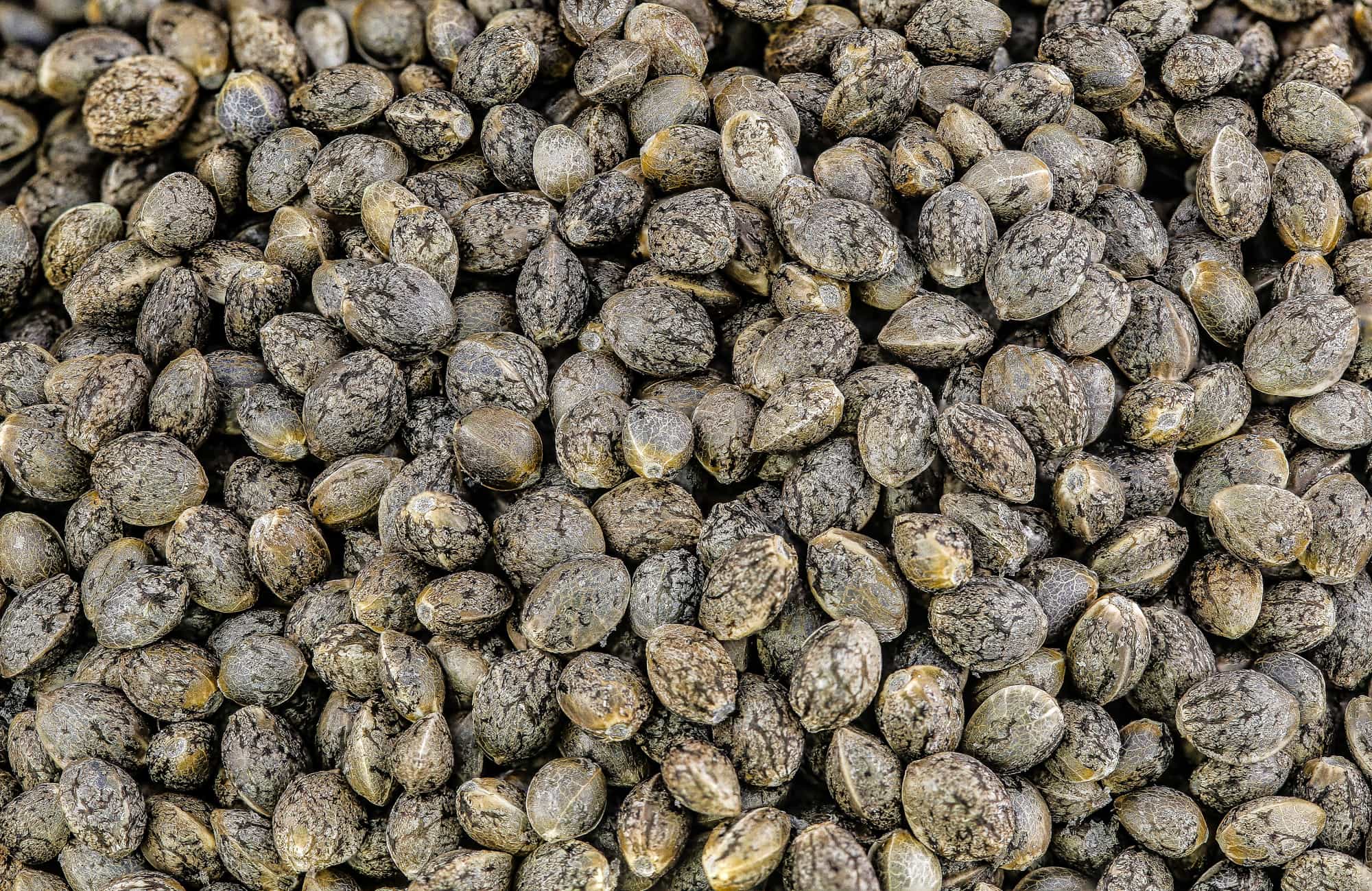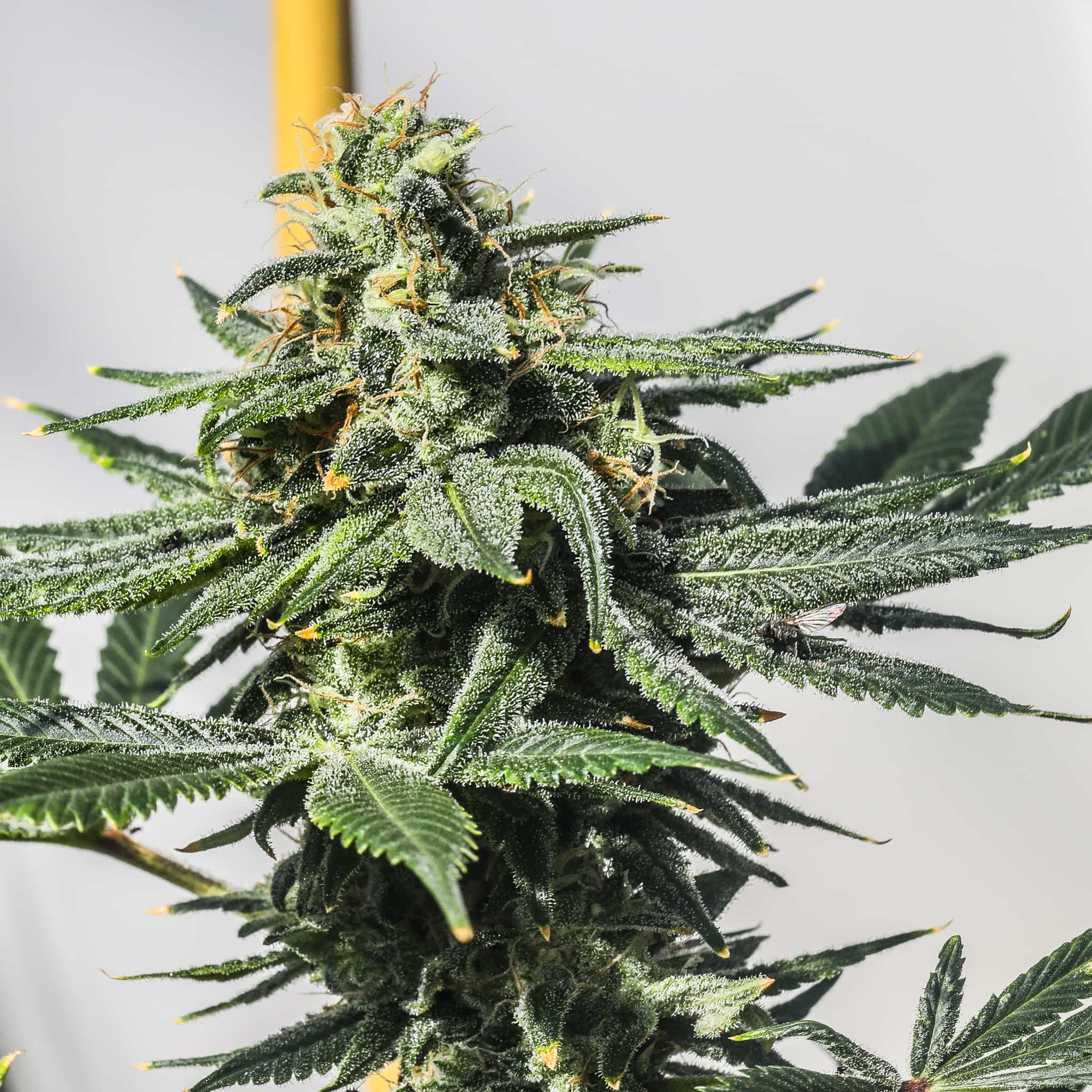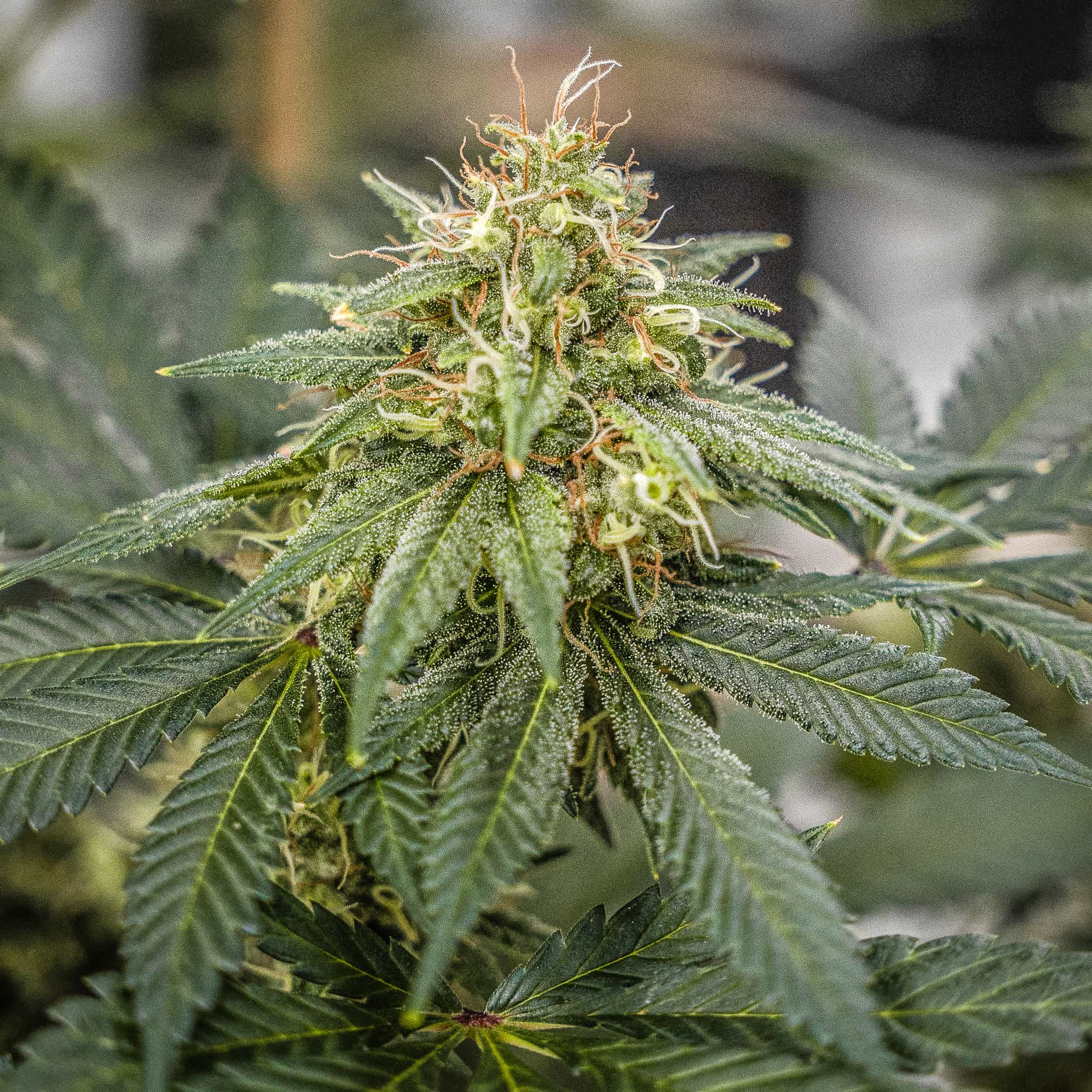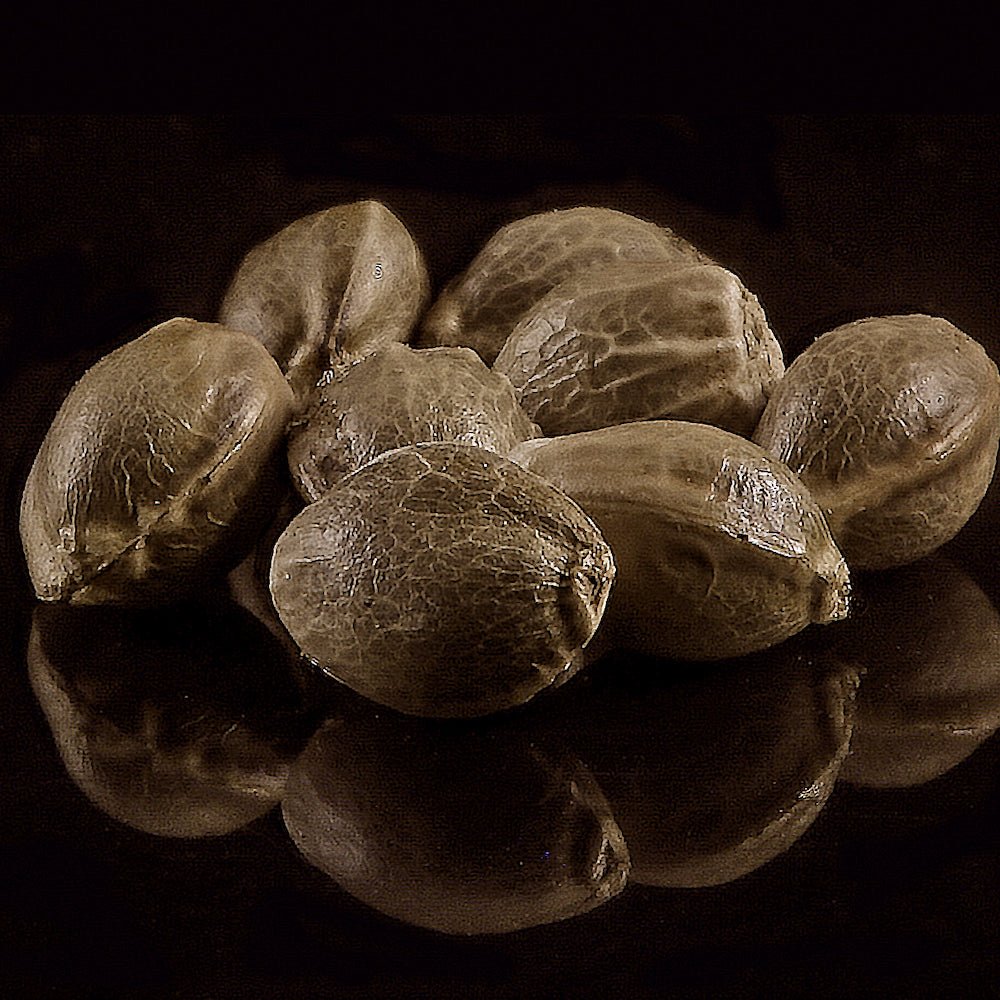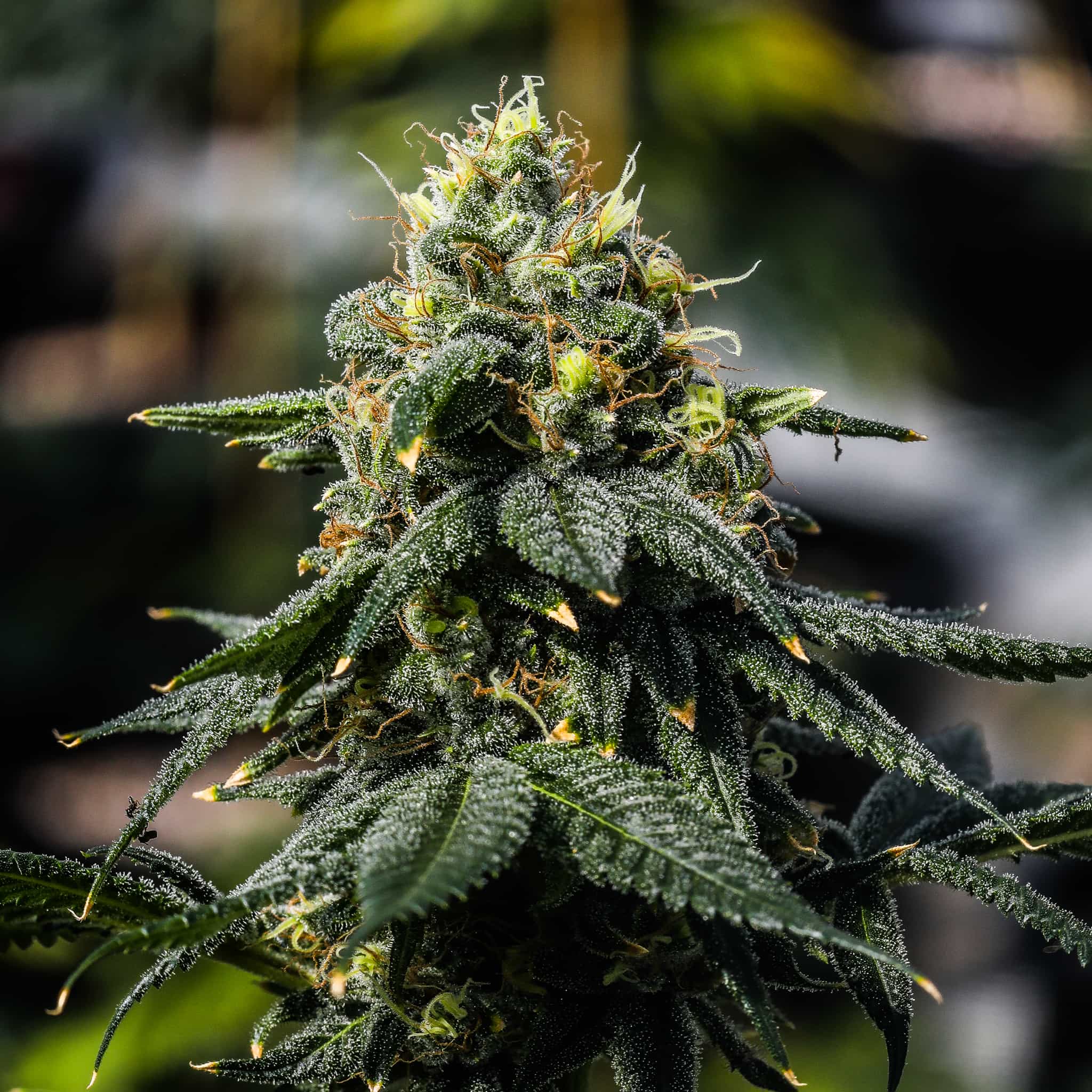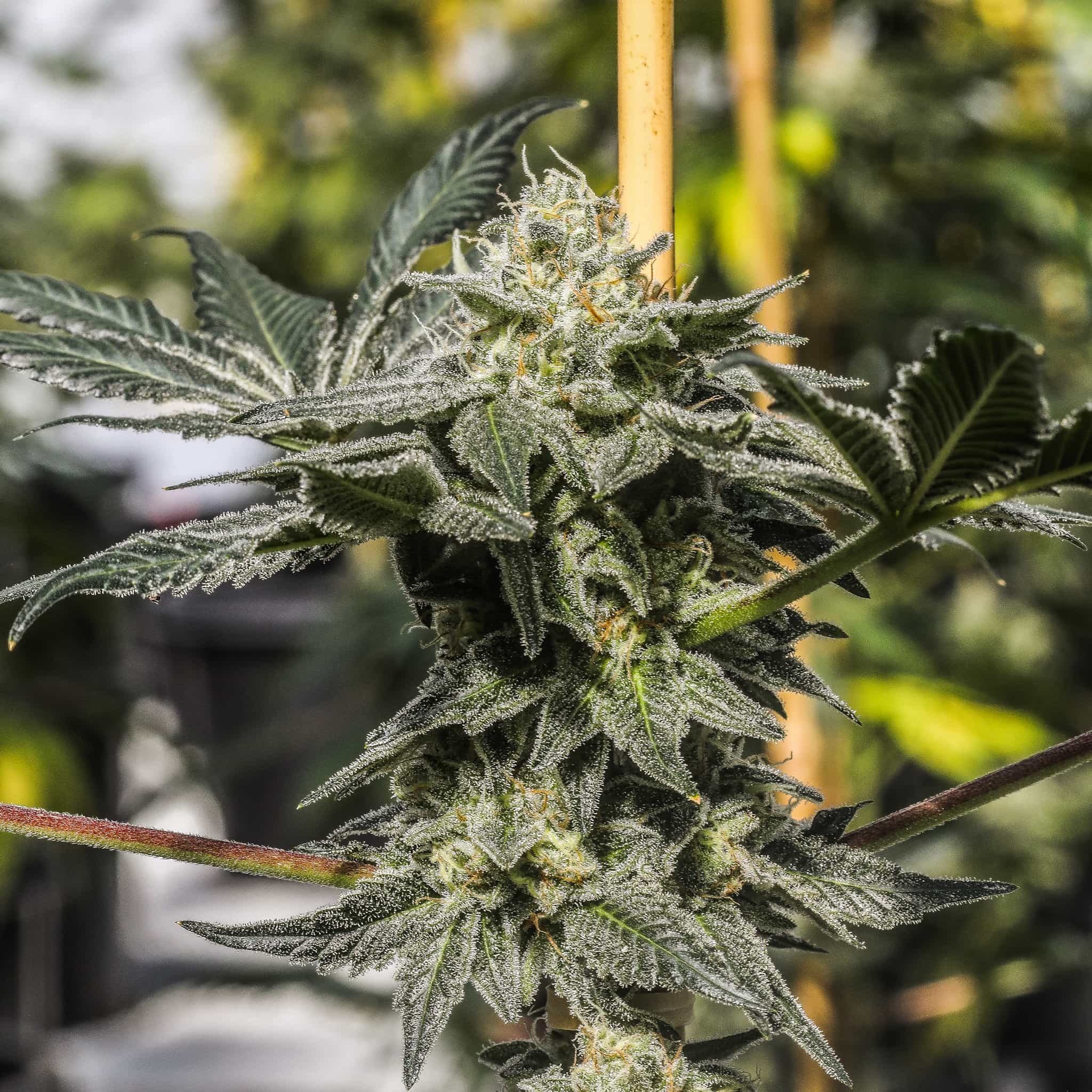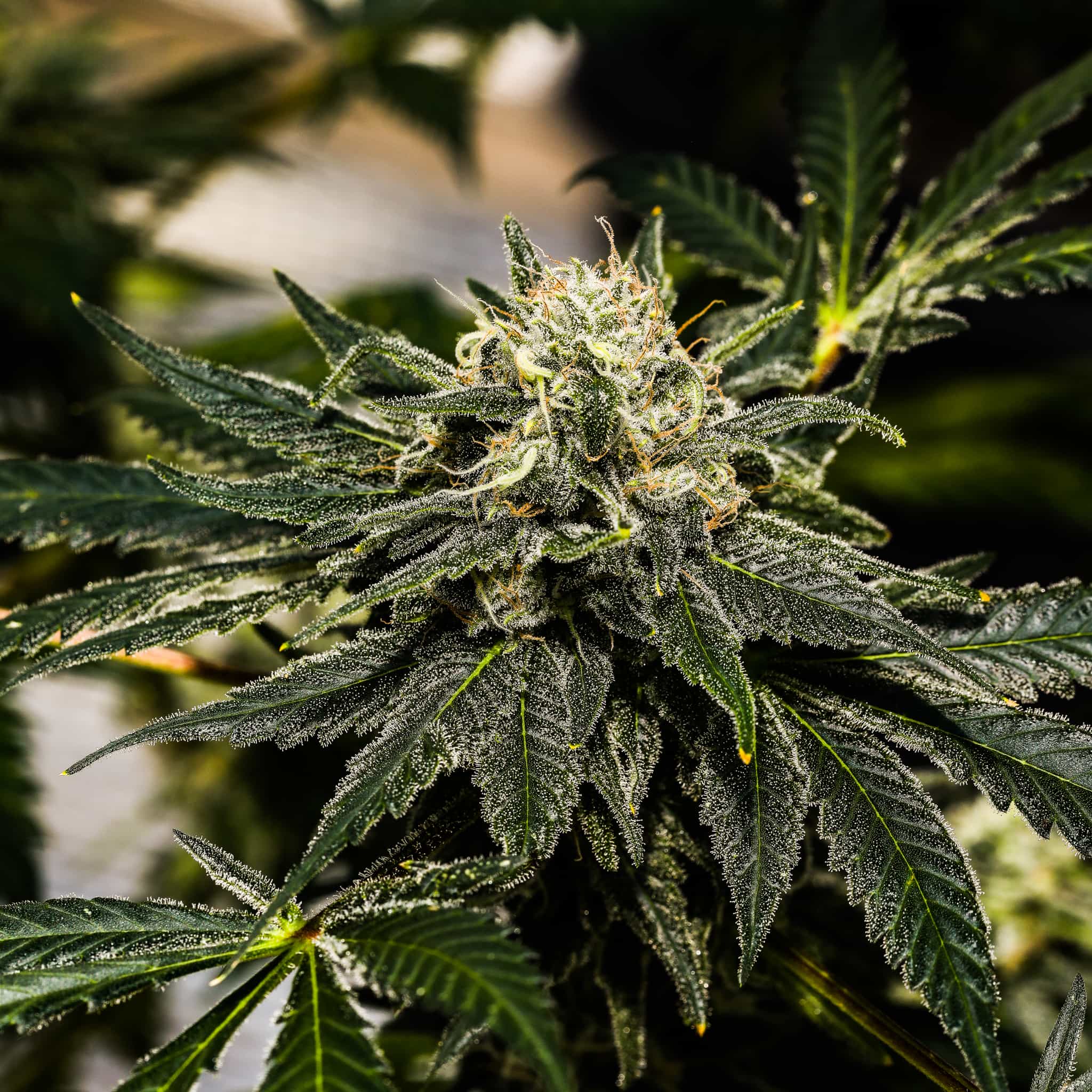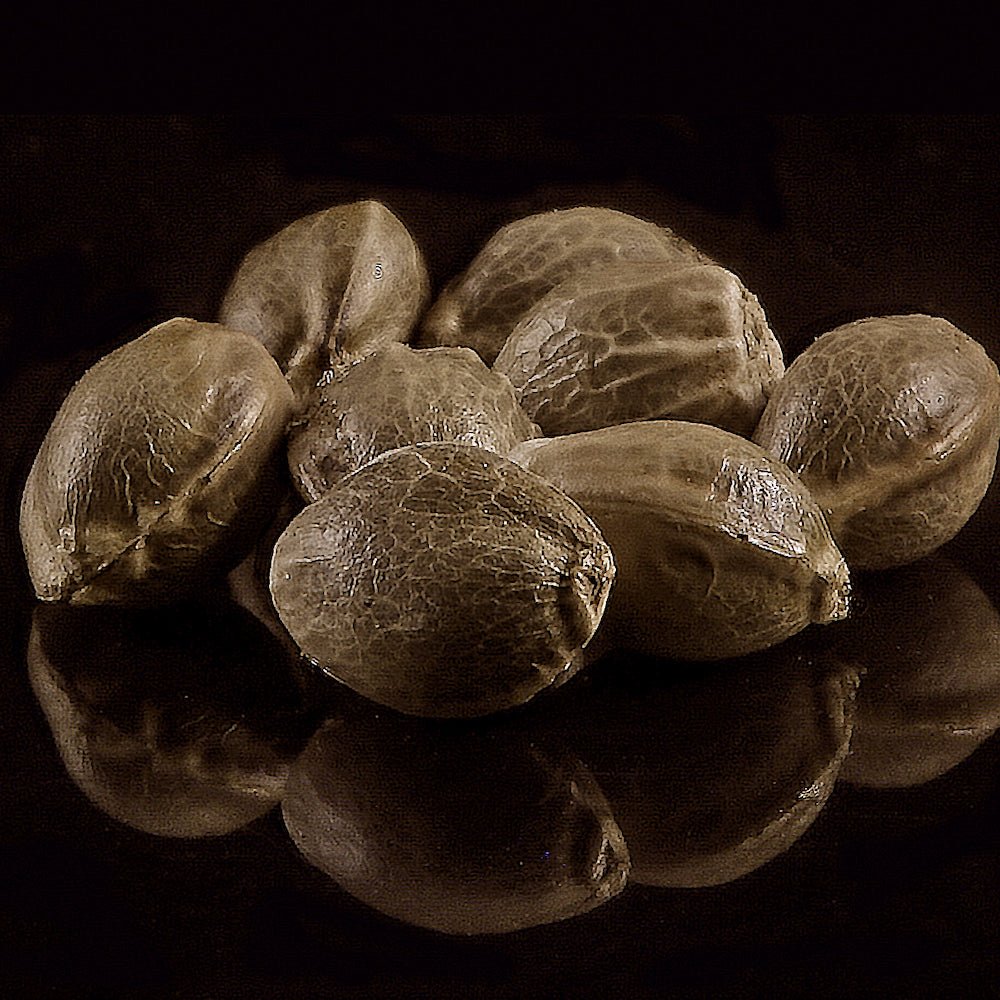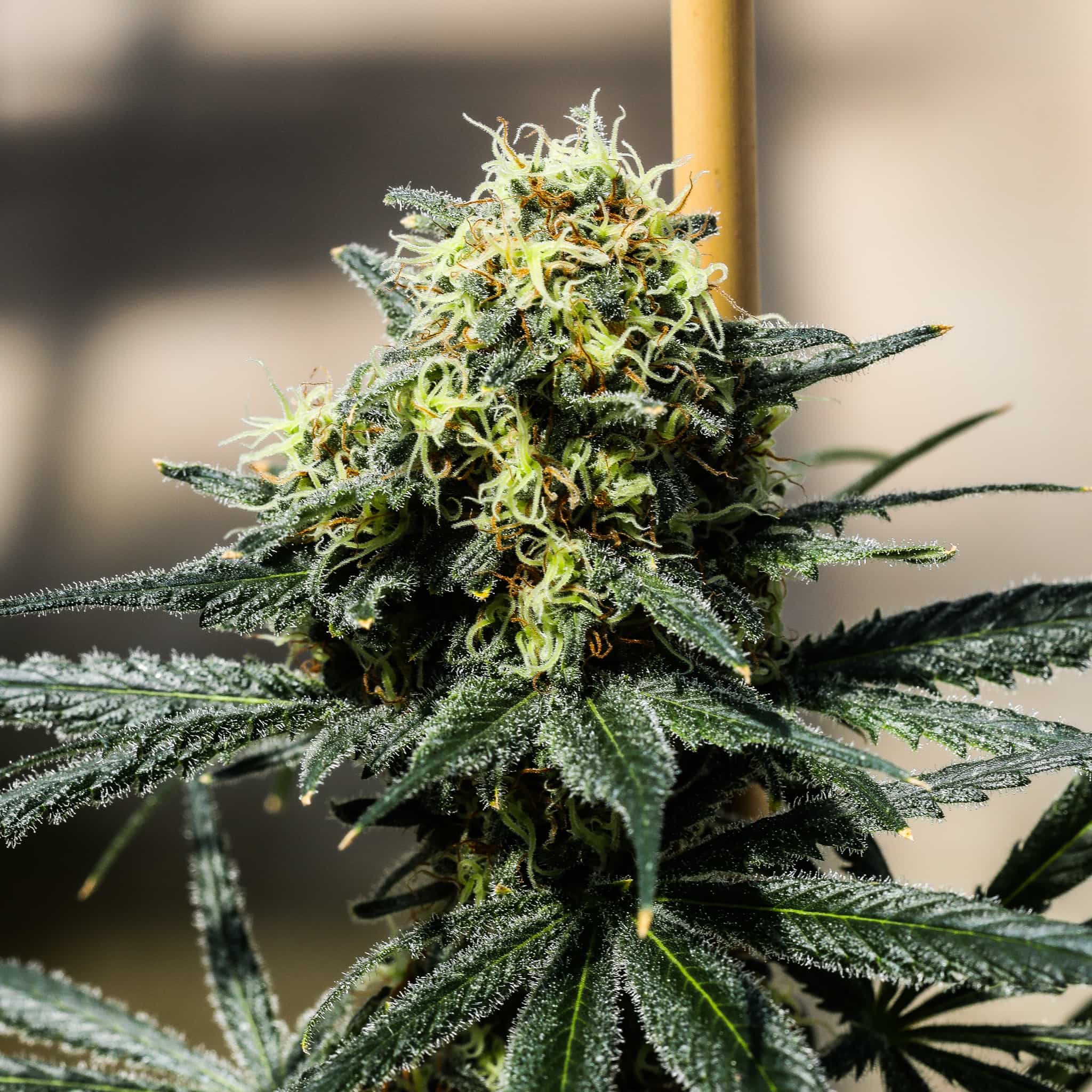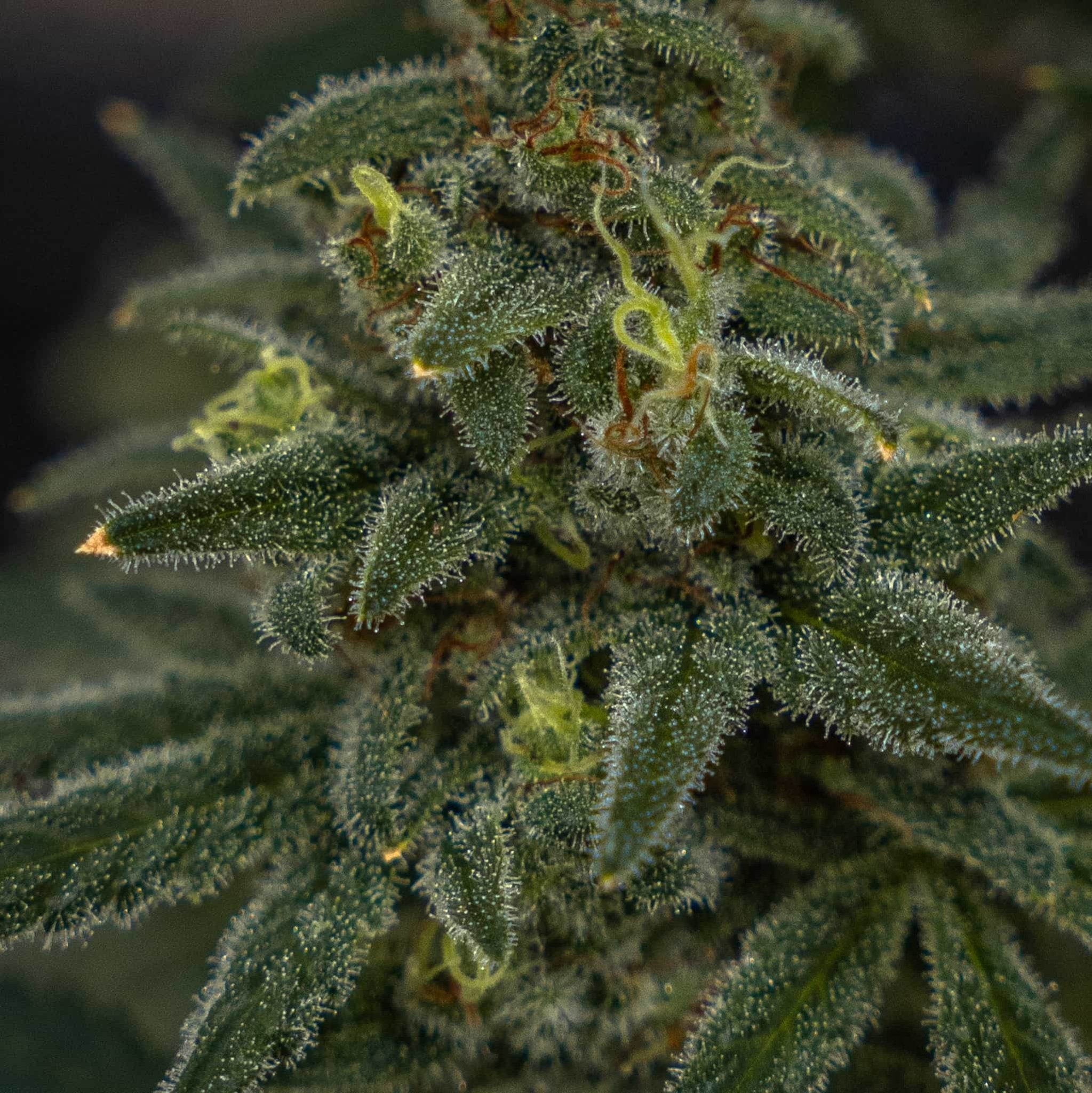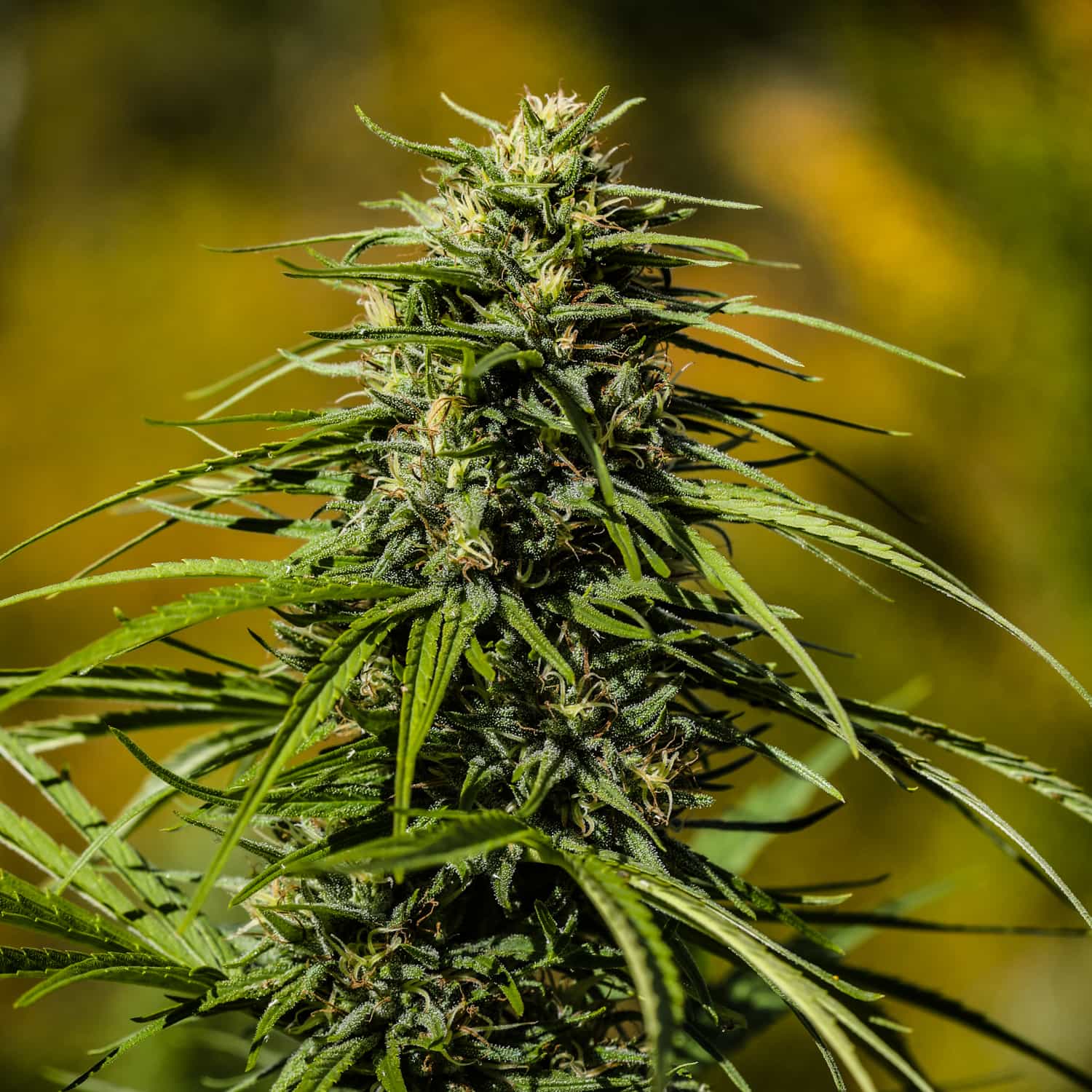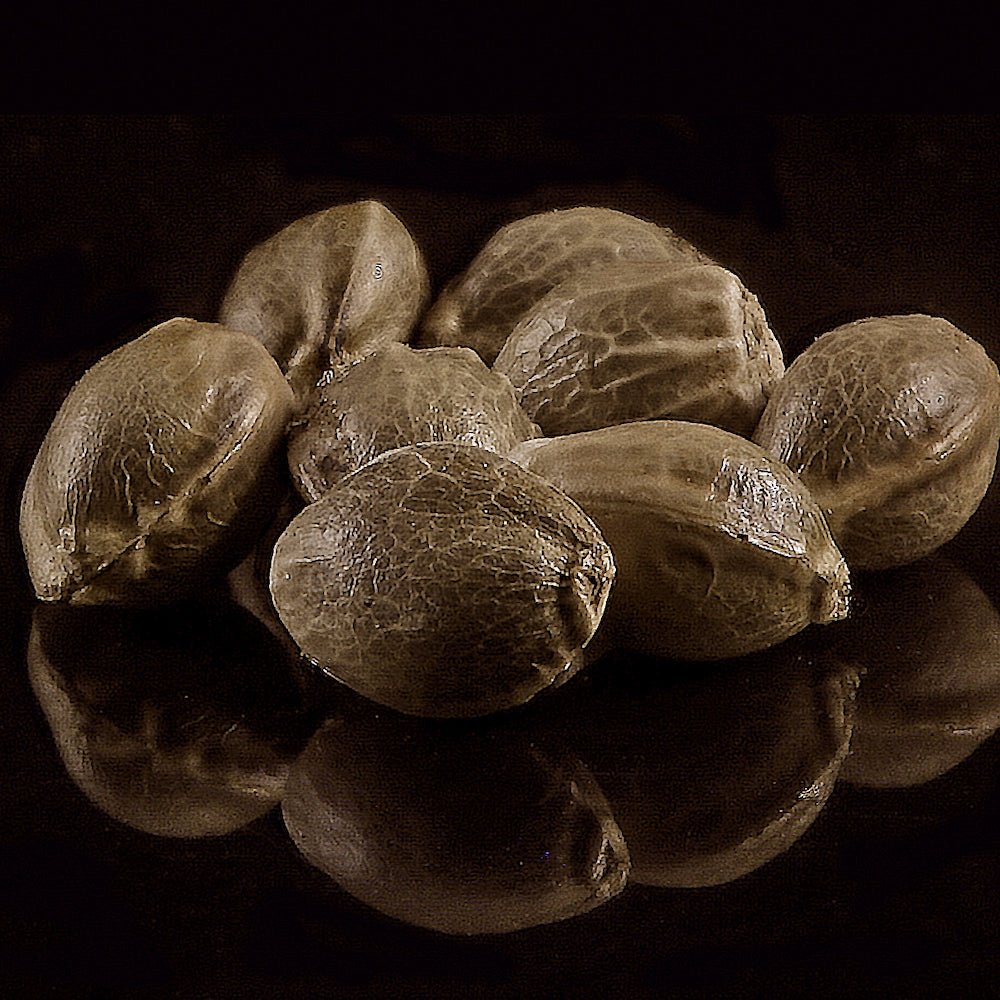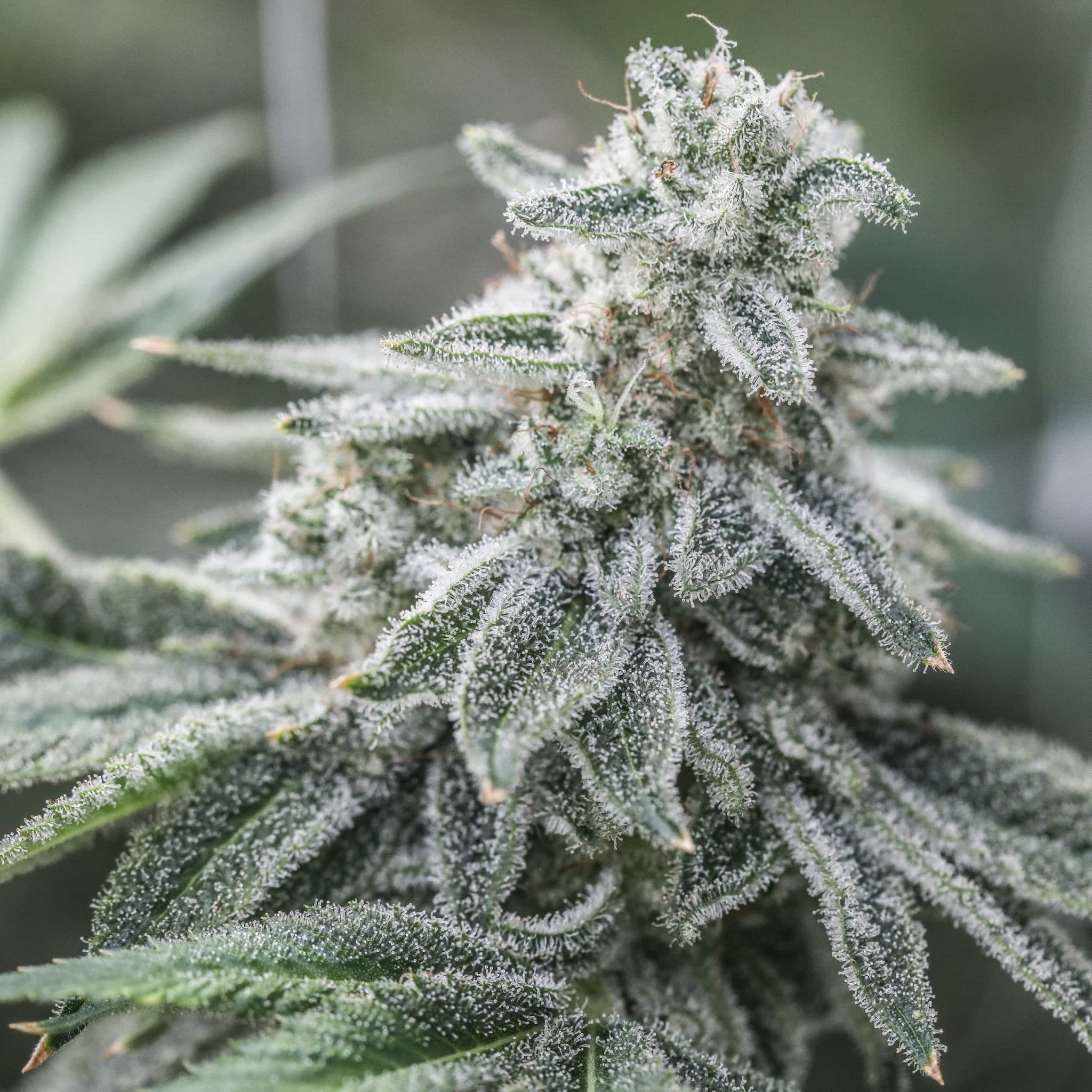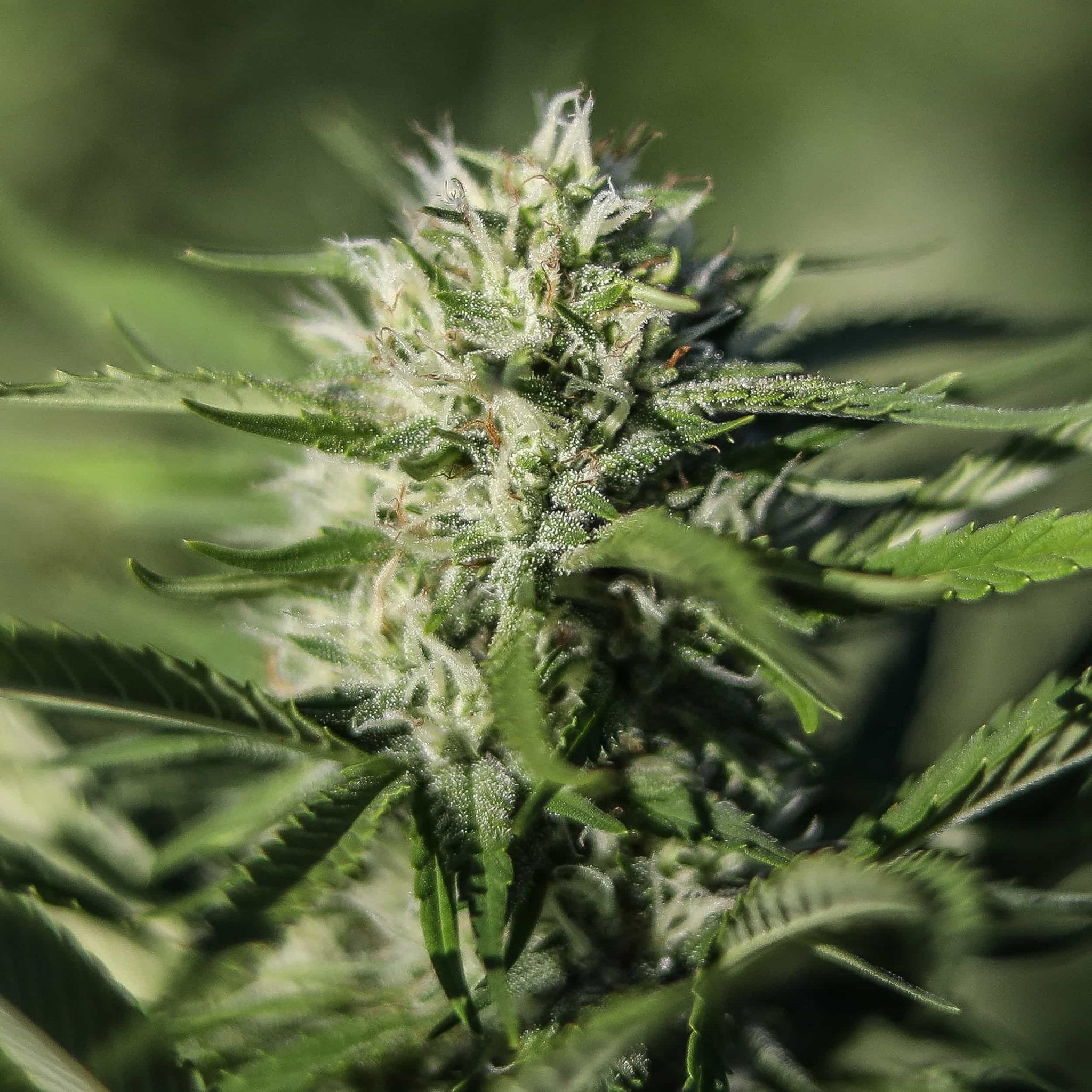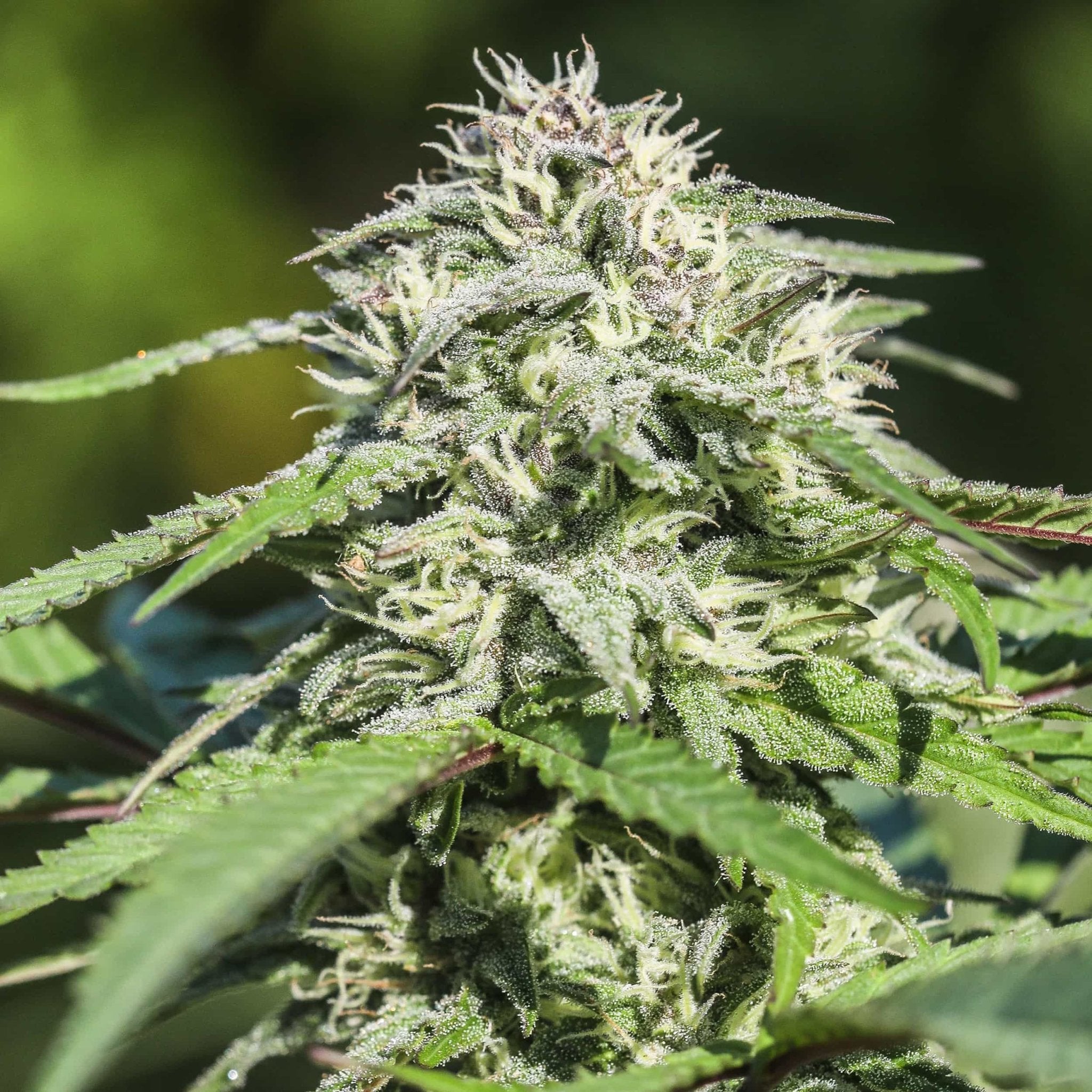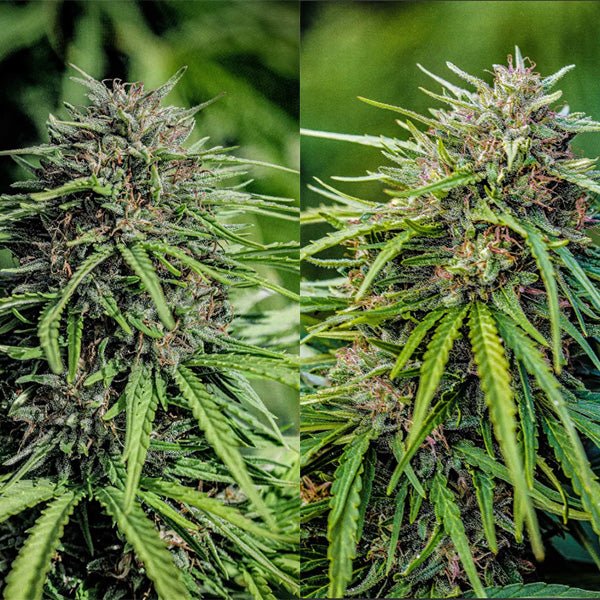While growers swear by many methods for starting their cannabis plants, we know what works best for our F1 early finishing photoperiod seeds - be it CBD seeds, CBG seeds, THC seeds, etc. Here are our recommendations for starting seeds for your outdoor cannabis grow.
When to start cannabis seeds for outdoor grows?
A hallmark of our breeding program is that we use a photoperiod and an autoflower plant to produce our photoperiod genetics. This allows our genetics to initiate flowering when daylight hours are around 14 hours as opposed to traditional cannabis genetics that initiate flowering under 12 hours of light. This means mature plants grown from our seeds initiate flowering in mid July . Growers are then able to harvest plants in September as opposed to October and beyond.
Because of this, plants should not be put outside without supplemental lighting early in spring or they can pre-flower which greatly diminishes yield.
In the Northern Hemisphere, we suggest starting seeds no earlier than late April for outdoor production - and generally recommend May 1. In the Southern Hemisphere we recommend November 1. Sprouting seeds at this point allows for field/outdoor planting at the end of May to early June.
Late May/early June outdoor plantings allow for ample vegetative growth before plants go into flower, and the maturation in the early fall. Plants started later in season mature later, especially those started in July and August in the Northern Hampshire.
Seedlings must reach sexual maturity before they can flower, which is usually around 4-6 weeks after soil emergence - or when they are around 1-2 feet tall. A seedling started on August 1 will grow for 4-6 weeks until it reaches sexual maturity, and then another 8-9 weeks to flower.
If you choose to start your seeds earlier, be aware they will need to be transplanted and will require a large amount of light, space, and resources in order to keep healthy until it safe to put them outside in late May or early June.
Where and what temperatures to germinate cannabis seeds?
For outdoor production, we always recommend starting seeds in a heated greenhouse. Cannabis seeds germinate the best in temperatures between 70°F to 90°F (21°C-32°C). If you are an indoor grower just ensure the room has a heat source.
Planting seeds outside directly into the soil, direct sow, is another fantastic option but requires a great deal of education which we won't cover here. Leave it for the experts - and we will cove more on that here.
It is important to ensure overnight temperatures remain warm soil/seedlings never experiences a frost. The more consistently warm the greenhouse/room remains, the faster seeds germinate.
Do cannabis seedlings require supplemental lighting?
The next important factor is light. Cannabis seeds are extremely light hungry when they emerge from the soil. The reason we recommend starting seeds in a greenhouse is that they become acclimated to the suns intense light from the moment of emergence - but we also recommend supplemental lighting in your greenhouse if you have inclement weather in the spring to help plants from being too spindly. This will also prevent established plants from going into flower before day light hours reach 14.
We always use high intensity bulbs such as Gavita 1000 W double end lights, but a 400 watt or equivalent can work. New LED's have come a long way and are also a good option, but we do not recommend CFL lights. Plants sprouted under CFL's, or even lights such as T5's grow very spindly and often fall over on themselves. Make sure all plants receive a significant amount of light as any that do not will suffer.
What do you start seeds in?
For larger scale growers, we always recommend 50 or 72 cell vegetable seed starter trays filled with a loose, well draining potting soil. If you are a home grower, dixie cups, 4x4" pots, and a wide assortment of options work - but not all seeds will germinate so its good to keep the pot size smaller to reduce waste. For scale growers that start earlier than later - choose 50 cell trays to allow more room for roots. If your goal is to get plants outside as quickly as possible, 72 cell trays are great. Remember to mark your trays and containers!!!! Its very easy to forget.
We always urge fresh, unused soil as it is significantly less likely to contain pathogens. We also do not recommend soil-less mediums such as peat pods or coco coir as it is difficult to maintain proper moisture levels - and plants are starving as soon as they emerge.
Using a potting soil with too many nutrients is also not advised as seedlings can burn from the moment they emerge.
We strongly urger growers not to pre-soak seeds or put them in wet paper towels first. Seeds sprout in nature in soil, keep it simple.
How deep do you plant seeds?
Plant seeds 1/4" (6cm) and cover lightly with soil. When filling lots of trays we will mark a sick, pencil, etc. with a line at 1/4 inch, poke holes in every cell, and follow back through with seeds. The hardest part is remember which holes you've put seeds in already.
How do you water in seeds?
We like to use a mister attachment on a hose to water in our trays. This prevents the soil from being over watered, and the seeds from floating to the surface. It is important that the soil is moist, but not overly wet. After you have watered in your trays or containers I highly recommend picking them up to get a concept of how heavy they are. Feeling the weight of the trays/containers is a very useful indicator of when you need to water again - and can be the only indicator.
How often do you water in seeds?
The days after the first watering in are the most crucial to the success of a plant and cannot be over stressed. Trays must remain moist, but not overly wet. If a tray or containers dry out completely, the seedlings can die. Exactly how often you should water is dependent upon how warm your starting environment is. The best way to determine if you need to water is careful attention. If it has been very hot, expect to water more. If temperatures have been cool, water less.
Keeping the top layer of soil moist is paramount, but if it remains soggy wet the seeds will rot. With a good well draining potting soil, you should be able to determine if its time to water by the weight of the trays.
How long does it take seeds to sprout?
You will generally see the majority of our diploid seeds sprout within the first 4 days with some taking as long as 7-10 days. However, our triploid seeds take between 10-14 days to fully sprout. Be patient, don't give up, and don't over or underwater. Our CBDV varieties in particular take longer to germinate.
How do you take care of seedlings?
Once cannabis seeds have sprouted things get simpler. Keep soil moist, ensure they have plenty of light, and we do recommend fans to move air in the room. Fresh air into the greenhouse or grow room will ensure plenty of CO2 and air momvent helps build stalk strength.
Depending on your soil medium, plants may become nutrient starved within a week or so after emergence. Tell tale signs are yellowing of leaves, but this can also happen if you are over watering so don't jump to conclusions.
For growers who use 50 and 72 cell trays we generally recommend giving plants a feeding of an all purpose or nitrogen rich fertilizer at around day 10 after emergence. We prefer to use organic fertilizers that have slightly higher amounts of Nitrogen than Phosphorous and Potassium, but contain all three elements. Fish hyrdolosate is our go to. Theoretically speaking plants only need the nitrogen but P&K also help with root development.
When to plant seedlings in their final home?
Because we use an autoflower as one of the parents in all of our crosses, we strongly recommend planting seedlings outdoors around June 1. Growers in further north latitudes can get away with mid May outdoor plantings but we urge caution as mature seedlings will go into flower if there is less than 14 hours of daylight.
How to transition plants from greenhouse/indoors to outside?
If you start your cannabis seeds in a greenhouse you do not need any transition time between greenhouse to field planting. That said if you start your seeds indoors they need to be acclimated to the suns rays before you leave them outside all day. We recommend taking your trays or pots and placing them in spot that gets diffused sunlight (under a tree or shade cloth) for 48 hours and then planting.


